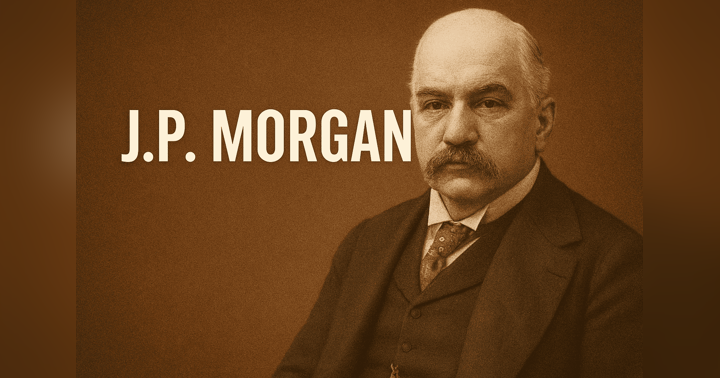How Ingvar Kamprad’s Humble Leadership Built IKEA’s Global Empire

“Wasting resources is a moral sin.” That’s not just a slogan. It’s a guiding principle that propelled Ingvar Kamprad, the founder of IKEA, from selling matchsticks as a boy in rural Sweden to building a global furniture empire. Today, IKEA is a household name in over 50 countries, and Kamprad’s leadership style is a masterclass in humility, innovation, and relentless customer focus.
The Power of Humble Leadership
Kamprad didn’t just preach humility—he lived it. He drove an old Volvo, flew economy, and furnished his home with IKEA products. This wasn’t for show. It set the tone for the entire company. Employees saw their billionaire boss living simply and understood: at IKEA, nobody is above anyone else. Kamprad’s approachability and willingness to listen created a culture of equality and teamwork. He visited stores unannounced, chatted with staff on the floor, and made it clear that every voice mattered.
Actionable Takeaway:
If you want to inspire loyalty and trust, lead by example. Don’t just talk about values—demonstrate them daily.
Frugality as a Competitive Weapon
Kamprad’s obsession with cost control wasn’t about penny-pinching. It was about making good design accessible to everyone. He challenged every expense, from packaging to travel, and encouraged employees to do the same. The result? Innovations like flat-pack furniture, which slashed shipping costs and let customers take home stylish pieces at unbeatable prices.
Actionable Takeaway:
Question every cost. Ask yourself: does this expense add real value for the customer? If not, cut it. Then reinvest those savings into making your product or service better.
Customer-Centric to the Core
Kamprad’s mantra was simple: “create a better everyday life for the many people” He didn’t chase trends or cater to the elite. Instead, he focused on practical, well-designed products for ordinary people. This customer-first mindset led to innovations like self-service warehouses and showrooms where shoppers could touch and test everything before buying.
Actionable Takeaway:
Obsess over your customers’ needs. Walk in their shoes. Design your products and services to solve their real problems—not just what you think they want.
Entrepreneurial Spirit and Relentless Innovation
Kamprad was never satisfied with the status quo. When competitors tried to freeze IKEA out of the market, he found new suppliers in Poland and designed his own furniture. He encouraged experimentation and wasn’t afraid to break the rules—whether that meant building stores outside city centers or letting customers assemble their own furniture.
Actionable Takeaway:
Encourage your team to challenge assumptions. Celebrate smart failures. Make it safe to experiment—and be ready to pivot when the market demands it.
Values-Driven, Family-Oriented Leadership
Kamprad viewed IKEA as a family, not just a business73. He promoted a culture of inclusion, recognized employees’ contributions, and made sure everyone felt part of the mission. He also believed in ethical business, championing sustainability and social responsibility long before it was fashionable.
Actionable Takeaway:
Build a sense of belonging. Treat your team like family. Stand for something bigger than profit—your values will attract loyal employees and customers alike.
Discipline Meets Decentralization
Kamprad’s leadership was a blend of freedom and accountability. He gave employees autonomy but insisted on rigorous follow-up and verification. This “freedom with responsibility” empowered people to make decisions but kept everyone aligned with the company’s core mission.
Actionable Takeaway:
Decentralize decision-making, but set clear expectations and follow up. Trust your team, but verify outcomes.
The Legacy: Leadership That Lasts
Kamprad’s leadership style—humble, frugal, customer-obsessed, innovative, and values-driven—didn’t just build IKEA. It built a legacy. His principles are embedded in the company’s DNA, guiding it long after his passing.
Want to lead like Kamprad? Start with humility. Add a relentless focus on customers and costs. Mix in a dash of entrepreneurial courage. And never, ever lose sight of your values.








